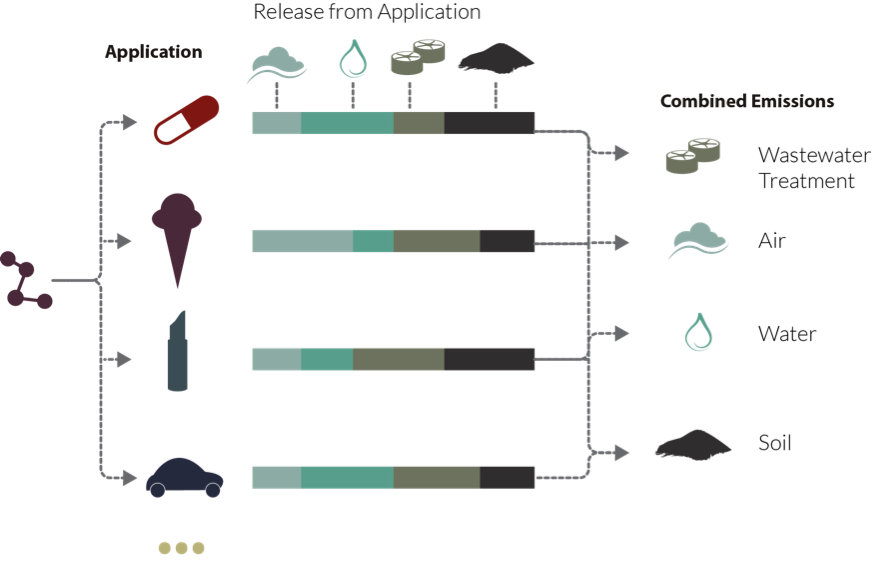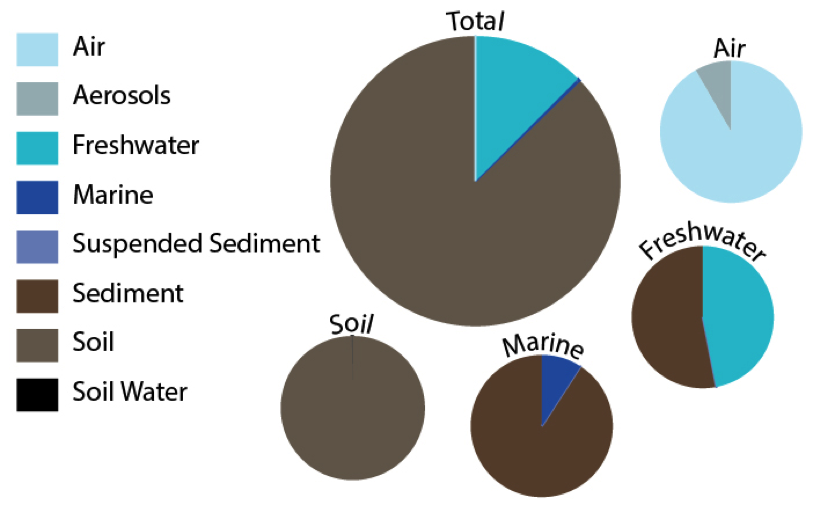Predictive Models for Chemical Characteristics and Impacts Module
The goal of this project is to predict the chemical characteristics and environmental impacts of certain chemical when experimental values are not available. Available and CLiCC developed QSAR (Quantitative-Structure-Activity-Relationship) models will be implemented to fulfill this goal. Up to date, publically accessible chemical databases, including physicochemical databases and biological activity databases, have been collected from over 50 sources. In addition, QSAR models have been evaluated from over 20 QSAR applications. A list of potential properties and endpoints has been identified: physicochemical properties, environmental and ecotoxicological endpoints, and human health effects endpoints.


Environmental Release Module
The purpose of this module is to predict the life cycle environmental release of a chemical into air, soil, and water. Its goal is to quantify the release of the chemical during production, use and disposal in order to provide realistic inputs into the Fate and Transport module. To date, the work on this module has focused on developing tools to collect data on the uses and environmental releases of chemicals. Several applications for automatic extraction of chemical use from various online sources have been developed and data has been compiled for several hundred chemicals.

Fate and Transport Module
Multimedia fate and transport models are being developed to predict the environmental concentration of a chemical or a nanomaterial. The models will predict exposure concentrations in air, soil, freshwater, and marine ecosystems, as well as indicator species in each compartment. The models use chemical release estimates provided by the Environmental Release Module. From the predictions of environmental concentrations, we can estimate the exposure of humans and ecosystems to a given chemical, and compare them to toxicity data to assess risk at a broad level.

